The Stories They Tell: Silhouette Glass Pictures
Smack Dab In The Middle: Design Trends Of The Mid-20th Century
By Donald-Brian Johnson - November 18, 2022
Remember Silhouettes? In that 50s tune by The Rays, a fellow pays an evening visit to his girlfriends house, sees two silhouettes on the shade, and jumps to conclusions. He rushes in and discovers hes on the wrong block. He then heads to the (hopefully) right house, ready to greet his gal and create two silhouettes all their own. The stories told by silhouette glass pictures are often just as involving (if less action-packed). The specific moments captured spark the imagination. A woman and child stand on the shore, waving out to sea. Is it a welcome, or a farewell? A mountain man and his pack-laden burro hit the dusty trail. Where are they headed? A boy pounds furiously away on a piano. Is he enjoying practice, or just hurrying to get done? Since these are shadow figures, with only outlines defining them, there are no other visual cues to help provide answers. Thats where imagination comes in, as we create our own scenarios. The art of the silhouette (defined as an object seen, or as if seen, against the light), actually predates the art of painting. According to Pliny the Elder, writing in 77 A.D., ancient Egyptian and Greek artists developed their talents by tracing around the human shadow. The modern concept of the silhouette, a featureless profile cut from dark paper and mounted on a contrasting background, owes its name to tienne de Silhouette, French finance minister during the mid-1700s. Since de Silhouette imposed harsh economic restrictions, his name became synonymous with doing things on the cheap. Profiles cut from black card were the cheapest means of preserving a persons image, so the term silhouette came into vogue for these profiles. Silhouette pictures on glass took the technique a step further. Here, the shadowettes were either hand-painted or silk-screened on the glass interior, facing out. The reverse-painted glass was then sealed to a colorful background illustration. This provided a vivid contrast and often complemented the subjects depicted. An 18th-century courting couple is seen beside a tranquil lake, cowboys at their campfire are backlit by a radiant sunset. Sometimes, the background is less specific but equally eye-catching: pressed flowers, tinted foil, or even butterfly wings (real at first, then artificial after public outcry). Most true silhouettes utilized only black paint, carrying on the cut-card tradition of profiled images presented in complete shadow. Additional visual interest came with the introduction of convex glass. Curving provided a dimensionality impossible to achieve with flat glass. Shadow figures painted on the glass now appeared as separate from the background, often casting their own shadows. The heyday of silhouette glass pictures ran from the 1920s into the early 1960s. Since they were inexpensive to mass-produce, wholesale prices reflected this. (A price list from the 1940s touted 500 at 33 cents each.) Thanks to the low cost, businesses ranging from grocery and hardware stores to bars and funeral homes snapped them up as giveaways. So that customers would remember who was responsible for this generosity, the business name was emblazoned at the bottom, sometimes coupled with a poem or a motto. Silhouette pictures were also staples at dime stores and gift shops, often sold in pairs. Some silhouette pictures came with extras, such as a working thermometer incorporated into the artwork or a small calendar pasted on the back. Calendars that remain intact are one of the few definitive means of estimating a silhouettes production date. Guesswork is also involved in determining who manufactured a specific piece, as few firms tagged or stamped their silhouette work (One notable exception: Newton Mfg. of Newton, Iowa, which back-stamped their frames). Silhouette glass pictures remain a very affordable collectible; many are in the $15-$40 range. And, as the most common size was 4-by-6 inches, a wall can be filled with silhouettes, telling a multitude of stories, perhaps even that of two silhouettes on the shade! Silhouettes courtesy of Mark Dickmeyer and Jerry and Kathy Eichner. Photo Associate: Hank Kuhlmann. All photos by Donald-Brian Johnson. Donald-Brian Johnson is the co-author of numerous Schiffer books on design and collectibles, including Postwar Pop, a collection of his columns. Please address inquiries to: donaldbrian@msn.com.

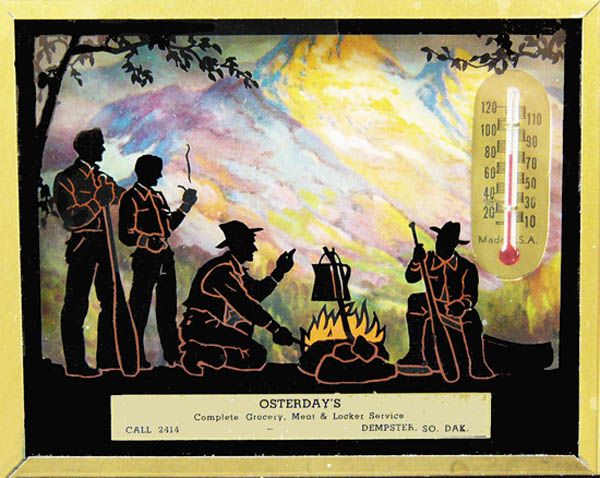
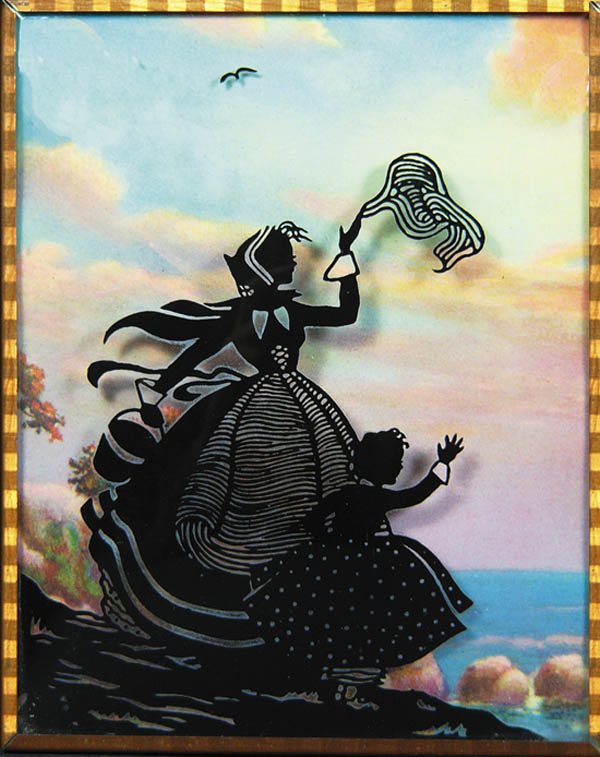
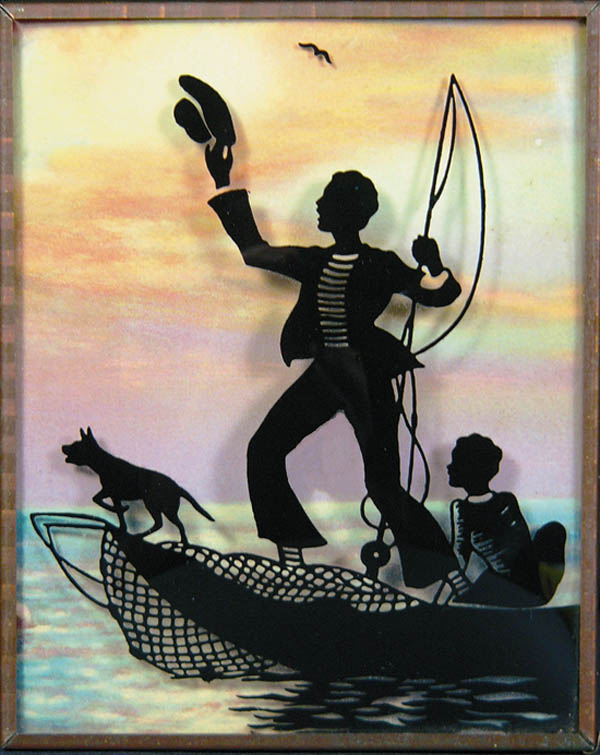
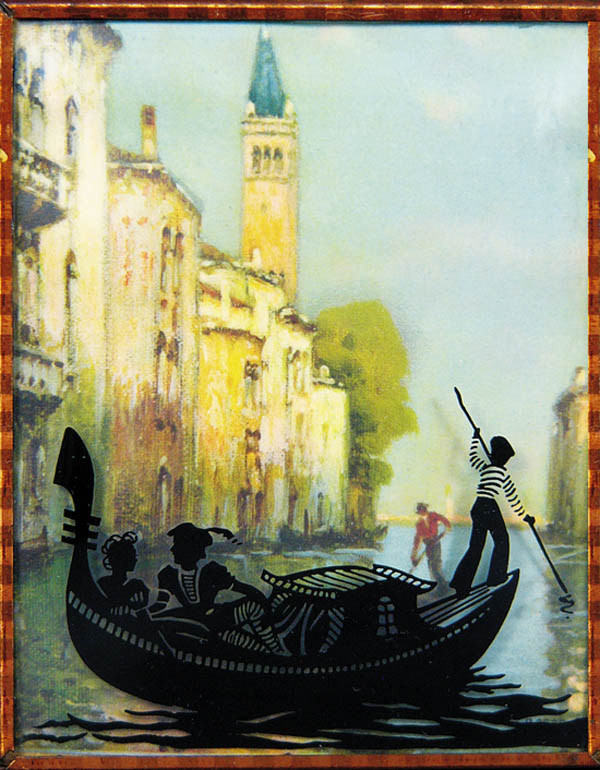
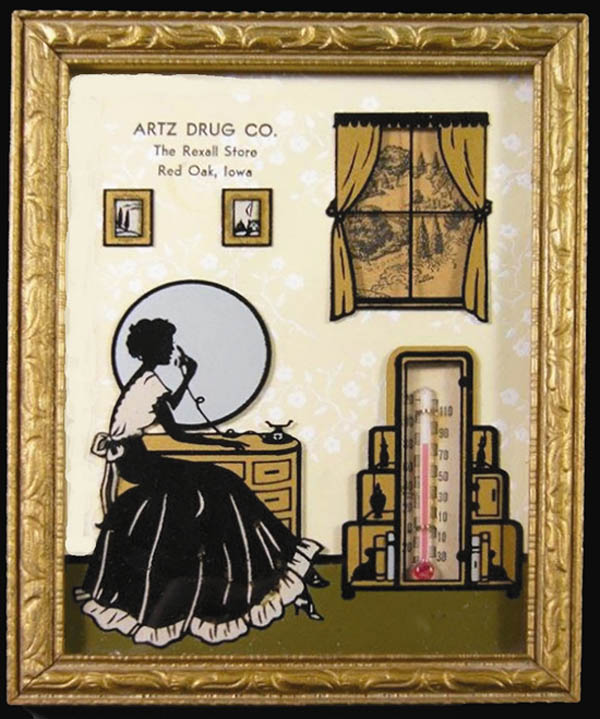
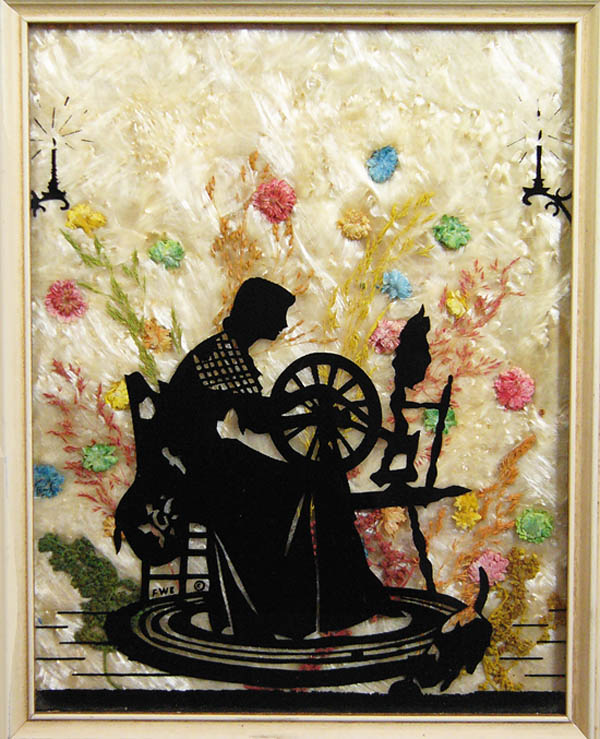
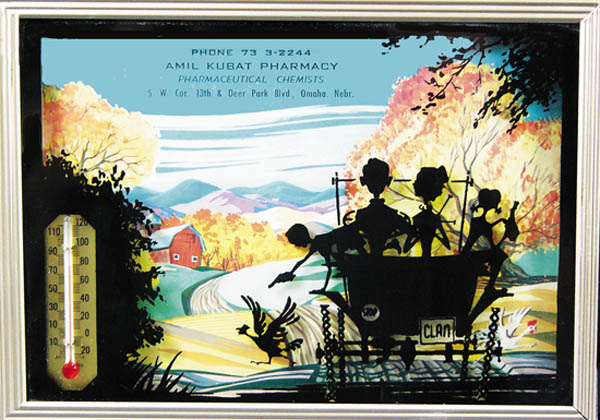
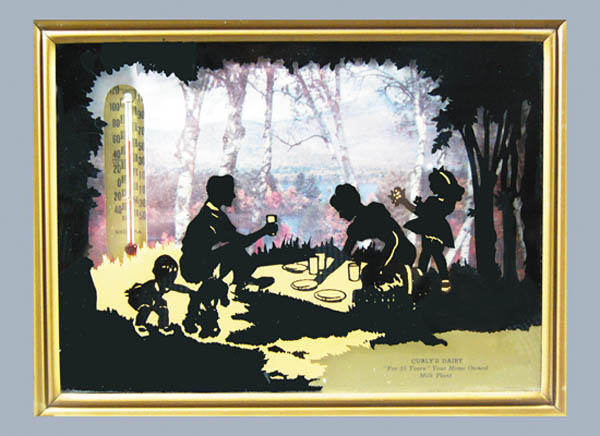
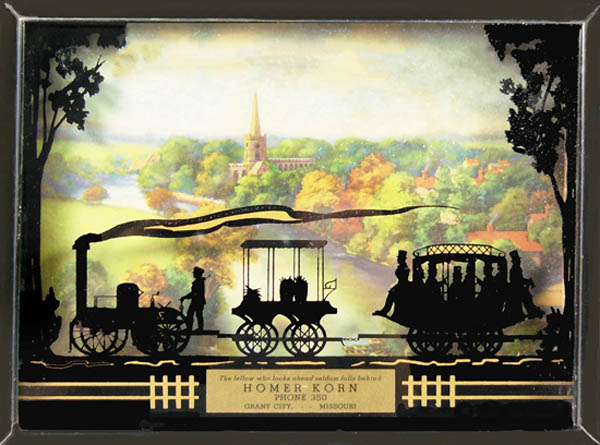
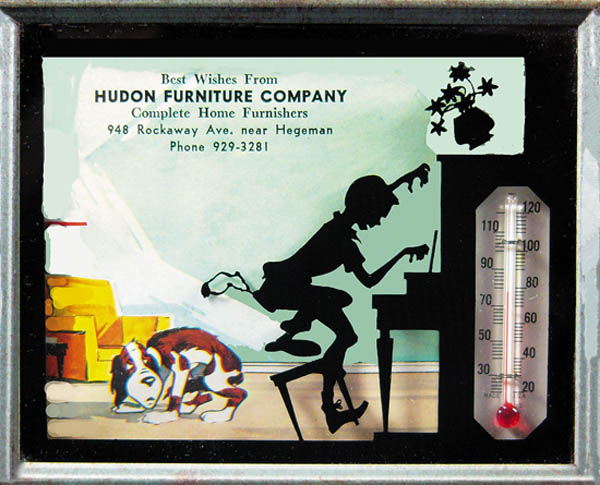
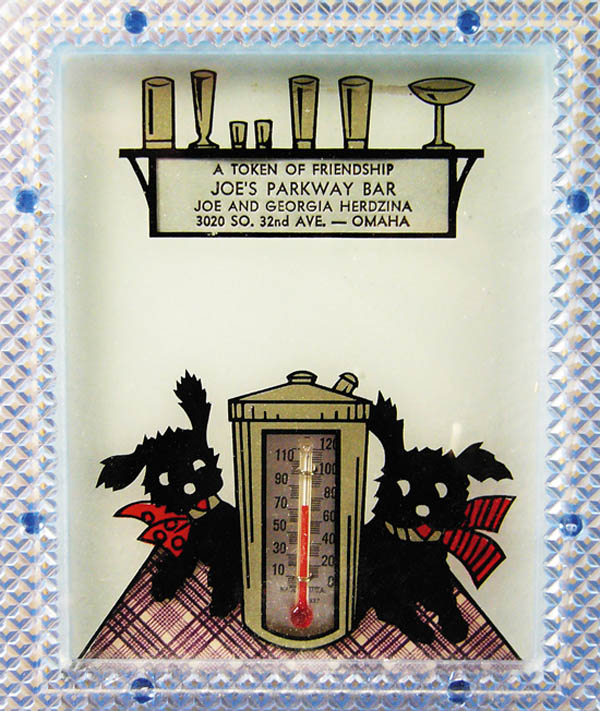
SHARE
PRINT